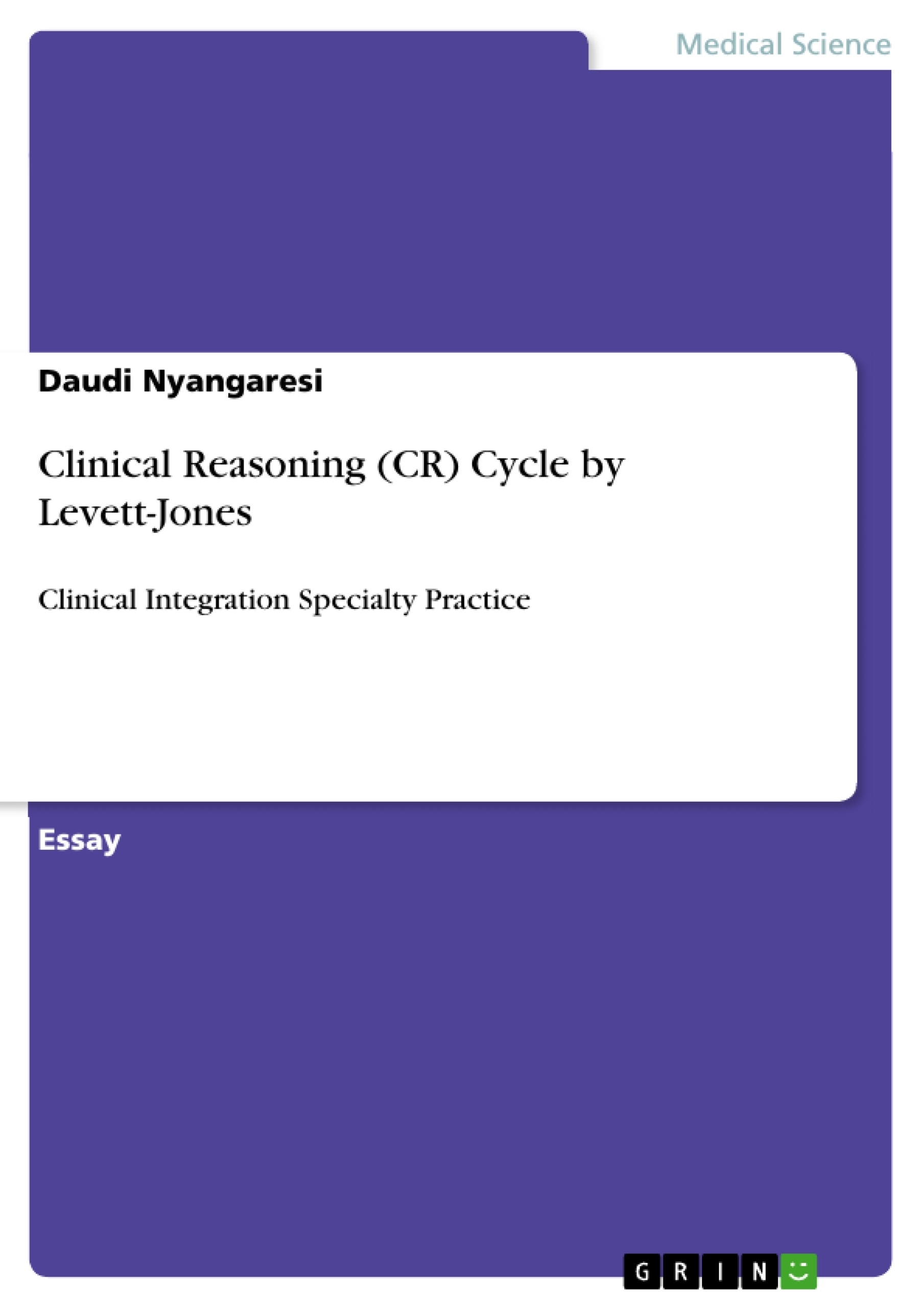Nursing practitioners with a poor grasp of the CR skills are likely to fail in detecting imminent patient’s poor prognosis and likely to fail in rescuing them. It is imperative to prioritize these problems because addressing them all at once is tantamount to adverse patient outcomes.
Table of Contents
- Clinical Integration Specialty Practice
- Clinical Reasoning (CR) Cycle
- Post-Operative Goals
- Pre-Operative and Post-Operative Nursing Care
- Anxiety Management and Discharge Planning
- Dietary Modifications and Complications
- Interdisciplinary and Multidisciplinary Cooperation
- The Role of the Healthcare Team
- Conclusion
Objectives and Key Themes
This case study aims to demonstrate the application of the Clinical Reasoning (CR) Cycle in providing comprehensive nursing care to a patient with complex health issues. The CR cycle is a valuable tool for nurses, helping them prioritize patient needs, identify potential complications, and collaborate effectively with other healthcare professionals.
- Clinical Reasoning (CR) Cycle
- Post-operative care and management of complications
- Interdisciplinary and multidisciplinary collaboration in healthcare
- Patient-centered care and communication
- The importance of teamwork in achieving optimal patient outcomes
Chapter Summaries
- The case study introduces Ms. M., a patient presenting to the Emergency Department with severe abdominal pain. The CR cycle is presented as a framework for addressing her complex medical needs. The patient's medical history, vital signs, and physical assessment findings are described.
- The post-operative goals for Ms. M. are outlined, focusing on pain management, wound healing, and prevention of complications. The second phase of the CR cycle is discussed, emphasizing the importance of data gathering and assessment.
- The case study explores strategies for managing Ms. M.'s anxiety and preparing her for discharge. The role of the nurse in providing reassurance, education, and pain relief is emphasized.
- Dietary modifications and potential post-operative complications are examined. The CR cycle is applied to address the risks of peritonitis, pelvic abscess, and ileus. The need for continuous assessment and preventive interventions is highlighted.
- The importance of interdisciplinary collaboration is emphasized, outlining the roles of various healthcare professionals in Ms. M.'s care. The case study highlights the benefits of teamwork for patient-centered care and improved outcomes.
Keywords
This case study focuses on the application of the Clinical Reasoning (CR) Cycle in providing comprehensive nursing care to a patient with complex health issues. The CR cycle is a valuable tool for nurses, helping them prioritize patient needs, identify potential complications, and collaborate effectively with other healthcare professionals. Key concepts explored include post-operative care, interdisciplinary and multidisciplinary collaboration, patient-centered care, and the importance of teamwork.
- Quote paper
- Daudi Nyangaresi (Author), 2018, Clinical Reasoning (CR) Cycle by Levett-Jones, Munich, GRIN Verlag, https://www.grin.com/document/442886




